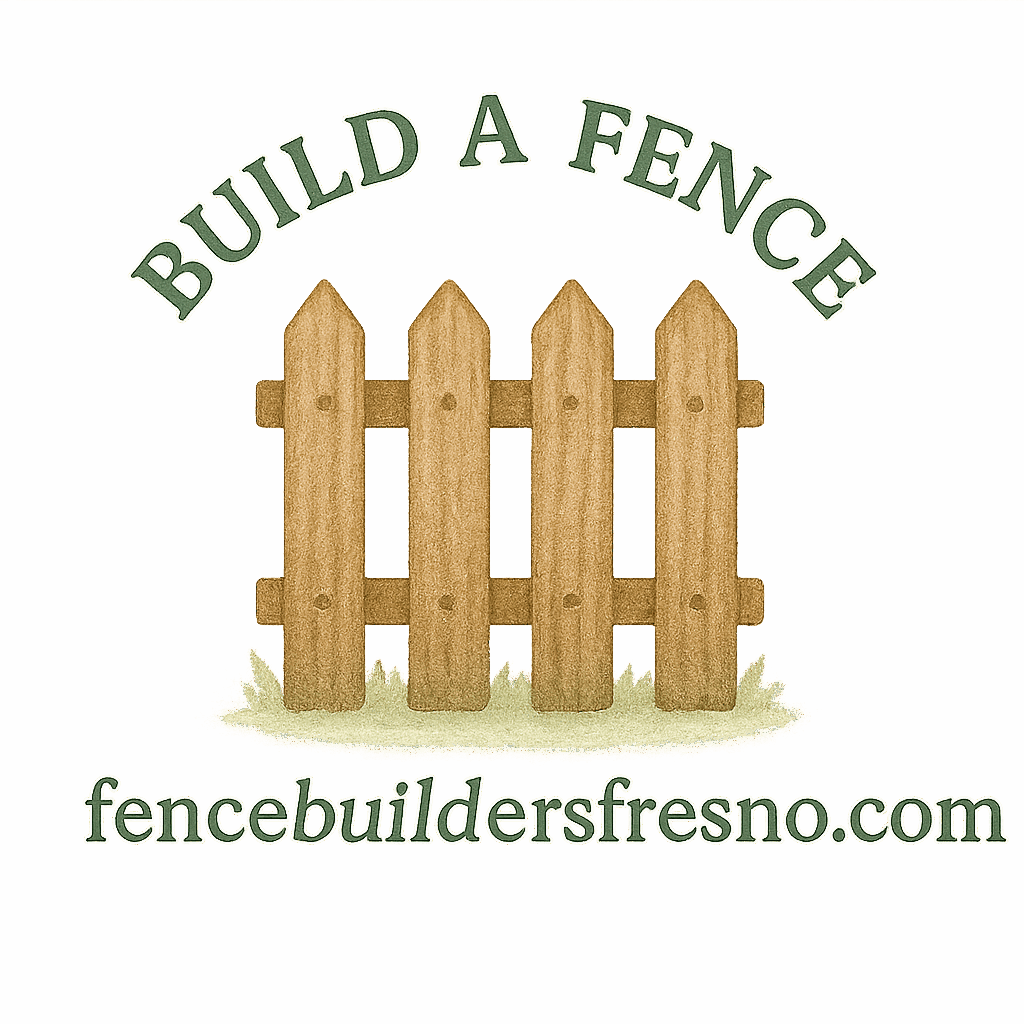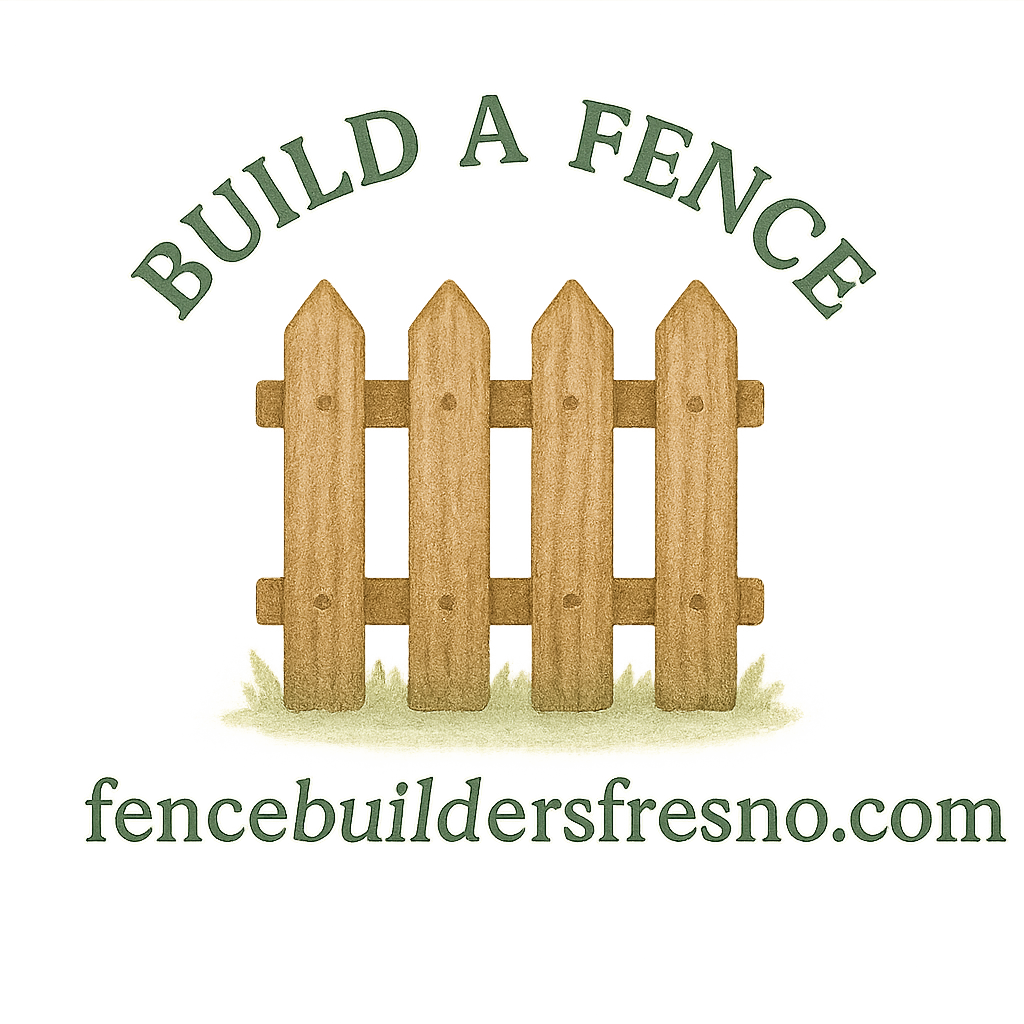Thinking about installing a fence on your own? DIY fencing can save you money, boost your property’s value, and give you that sense of accomplishment only a hands-on project provides. But before you grab your toolbox and head to the backyard, there are several crucial factors you need to consider. Let’s dive into the 8 factors to consider before DIY fencing planning so you can avoid common mistakes and build a fence that lasts.
Why DIY Fencing Needs Proper Planning
A fence isn’t just about hammering some posts into the ground. It impacts your property’s security, aesthetics, and even your relationship with your neighbors. Without proper planning, you might end up with a fence that violates local laws, collapses within months, or sparks boundary disputes. Careful preparation ensures your DIY project adds long-term value instead of creating headaches.
Factor 1: Knowing Your Property Lines
Avoiding Legal Disputes with Neighbors
Before you start digging, make sure you know where your property begins and ends. Building over the line—even unintentionally—can lead to fence encroachment issues and legal disputes. Trust me, the last thing you want is tearing down your brand-new fence because it crossed into your neighbor’s yard.
Using Professional Property Surveys
If you’re unsure about your property lines, hiring a surveyor is a smart investment. Many homeowners rely on old assumptions, but property maps can shift over time. A survey guarantees your fence stays where it should—on your property.
Factor 2: Understanding Local Legal and Zoning Rules
Fence Height Restrictions
Local municipalities often have strict rules about how tall your fence can be. For example, your front yard fence may be limited to 3–4 feet, while backyard fences can usually be taller. Check your local codes before setting post holes too deep.
Permit and HOA Requirements
Some cities require permits for new fences, and if you’re part of a homeowners association (HOA), there may be additional style and material restrictions. Ignoring these could lead to fines or forced removal of your fence.

Factor 3: Choosing the Right Fence Type
Comparing Wood, Vinyl, and Metal
Not all fences are created equal. Wood fences offer classic charm but need frequent upkeep. Vinyl fences are low-maintenance and durable, while metal fences—like wrought iron or aluminum—provide strength and security.
Matching Fence Style to Purpose
Think about what you want your fence to do. Need privacy? Go with a tall wooden or vinyl option. Want to secure pets? A chain-link fence might be more practical. For curb appeal, decorative fences can instantly elevate your home’s look.
Factor 4: Budgeting Your DIY Fence Project
Material Costs vs. Long-Term Upkeep
DIY fencing can save labor costs, but materials can still add up. Beyond purchase prices, think about how much upkeep will cost you. A wood fence may be cheap initially but needs staining and sealing every couple of years. Vinyl, on the other hand, costs more upfront but lasts longer with minimal maintenance.
Hidden Costs Many Homeowners Forget
Don’t forget about cement for posts, screws, nails, paint, or even rental costs for power tools. Those small extras can push your budget way over if you don’t plan carefully.
Factor 5: Durability and Maintenance Requirements
Low-Maintenance Fence Options
If you don’t want to spend weekends staining wood, consider vinyl fences or metal fences. Both options are long-lasting and require little more than occasional cleaning with soap and water.
Tips for Long-Lasting Fence Care
For wood fences, apply sealants, trim nearby plants, and check for rot. For metal fences, inspect for rust and repaint when needed. Proactive care extends the life of your fence significantly.
Factor 6: Tools and Skills You’ll Need
Essential Tools for Fence Building
At minimum, you’ll need a post-hole digger, level, hammer, drill, saw, tape measure, and safety gear. Don’t underestimate the importance of using quality tools—they can make or break your DIY success.
Knowing When to Call in Help
Even if you’re handy, certain parts—like setting heavy posts or handling uneven terrain—may require assistance. Sometimes, teaming up with a professional installer saves both time and stress.
Factor 7: Design and Aesthetic Appeal
Front Yard vs. Backyard Fence Designs
Your front yard fence serves as the first impression of your home, while the backyard fence is more about privacy and functionality. Balance looks and practicality depending on the location.
Adding Decorative Elements
Want to make your fence pop? Consider lattice tops, post caps, or even painting with bold colors. A fence isn’t just functional—it can be a statement piece.
Factor 8: Safety and Functionality
Securing Pets and Children
If you’ve got kids or pets, safety is key. Make sure there are no gaps or weak points where they can escape. A sturdy, well-anchored fence keeps everyone where they should be.
Building for Privacy and Security
If privacy is your goal, choose solid panel fences. For security, make sure the fence is tall and strong enough to deter intruders. Combine height with durable materials for the best results.
Common DIY Fencing Mistakes to Avoid
- Skipping the property survey.
- Ignoring slope or uneven ground.
- Using untreated wood.
- Forgetting to check local regulations.
- Not setting posts deep enough.
Avoiding these mistakes saves you from costly do-overs.
Professional Fence Installation vs. DIY
When DIY Saves Money
If you’re handy, have the tools, and are working on a small area, DIY is definitely a budget-friendly choice.
When Hiring Experts Is Worth It
For larger projects, sloped yards, or complex designs, professionals are often the smarter option. Companies like Fence Builders Fresno can help with everything from planning to installation.
Conclusion
Building a fence yourself can be rewarding, but skipping the planning stage is a recipe for disaster. By considering these 8 factors before DIY fencing planning, you’ll avoid legal issues, stay within budget, and create a fence that looks great and lasts for years. Remember: preparation today saves headaches tomorrow.
FAQs
1. What is the cheapest DIY fence option?
Chain-link fences are generally the most affordable choice for DIY projects.
2. Do I need a permit to build my fence?
In many areas, yes. Always check your local codes and HOA rules.
3. How deep should fence posts go?
A good rule of thumb is one-third the length of the post should be buried underground.
4. Which fence type lasts the longest?
Vinyl and metal fences typically last longer than wood, with minimal maintenance.
5. Can I build a fence directly on the property line?
Usually, yes—but you should confirm with your neighbor and local laws first to avoid disputes.
6. What tools are essential for DIY fencing?
A post-hole digger, level, hammer, saw, drill, and tape measure are must-haves.
7. Should I seal or paint my wooden fence?
Yes, sealing or painting protects against rot, insects, and weather damage.


